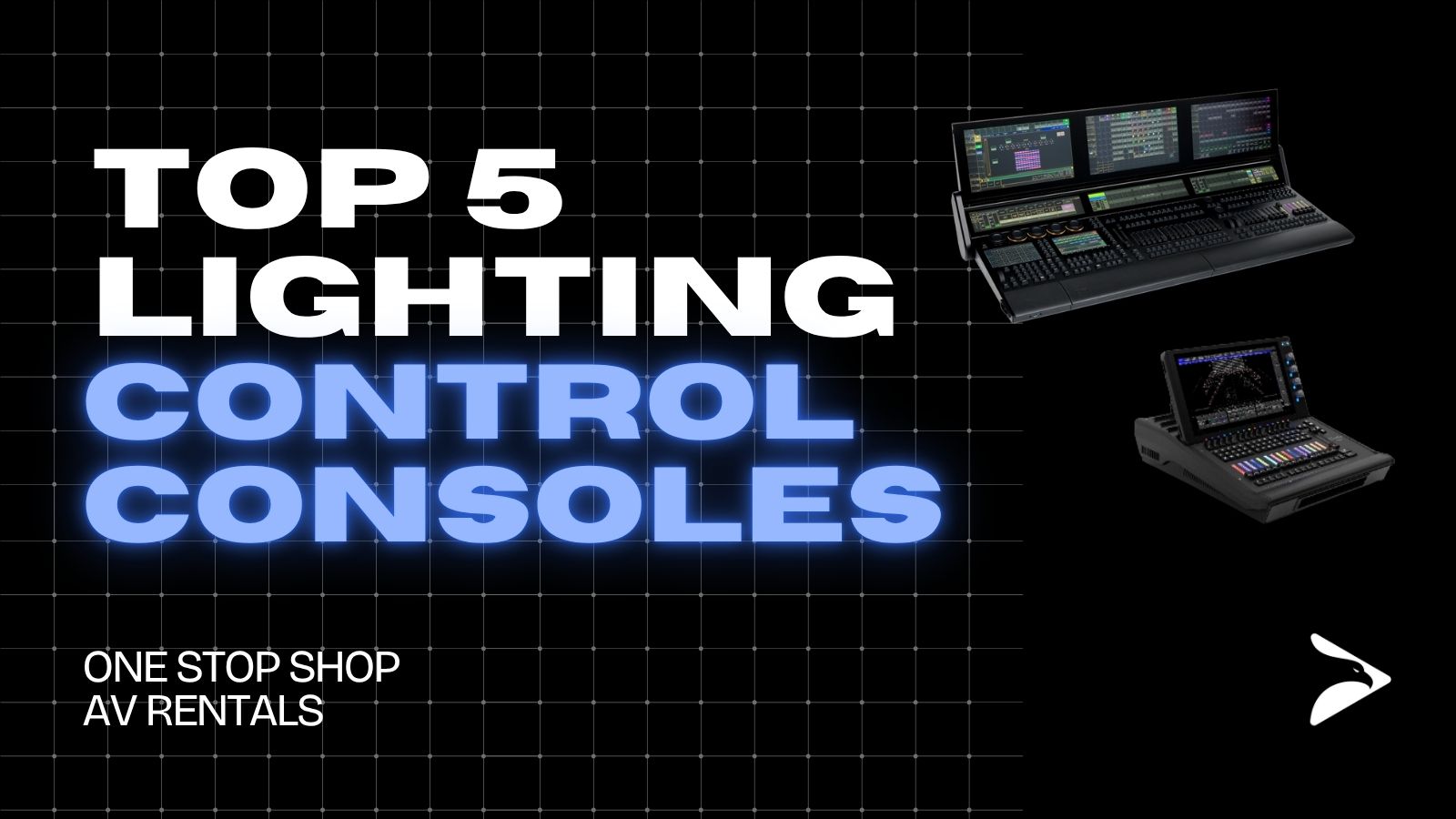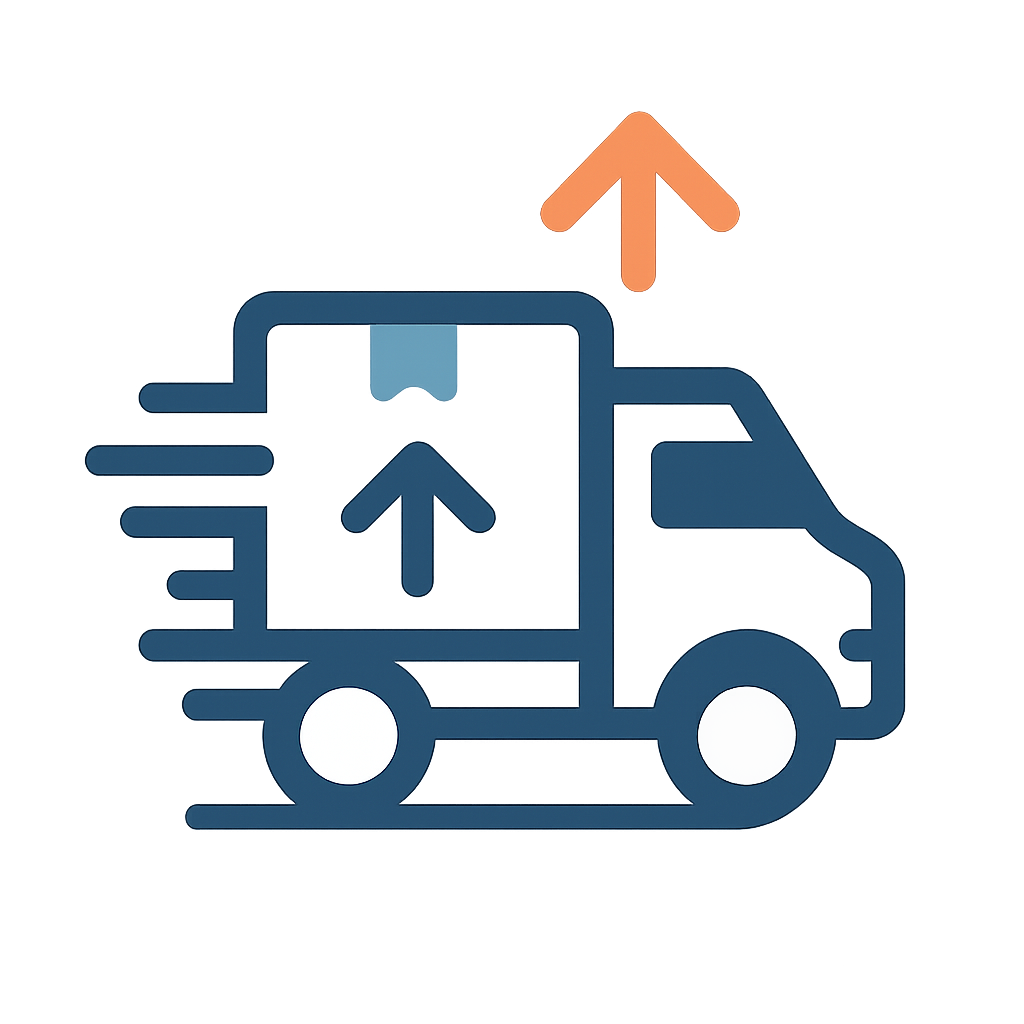Top 5 Lighting Control Consoles Every Designer Should Know

When I think about what makes a truly professional lighting rig come alive, one piece of gear stands above all others: the control console. Fixtures may provide the beams and colors, but it’s the console that transforms them into a visual story. Over the years, I’ve worked with many desks across concerts, theater, and corporate events, and I’ve learned one thing: not all consoles are created equal. Some are built for sheer processing power, others for portability and flexibility, and a few manage to deliver both.
After reviewing the top contenders in the market, I’ve narrowed it down to the five best lighting control consoles. These are the desks that consistently deliver performance, reliability, and creative freedom for professional lighting designers worldwide.
1. grandMA3 Full-Size – The Industry Flagship
If you’ve ever stepped into a stadium or arena show, chances are you’ve seen a grandMA3 Full-Size at the heart of the operation. This desk is a beast, designed for the largest productions imaginable.
With 120 physical playbacks, 16 X-keys, and the ability to control up to 20,480 parameters out of the box (expandable to a staggering 250,000), it is the definition of headroom. The triple multi-touch displays make programming intuitive, while its backward compatibility with grandMA2 software ensures a smooth transition for seasoned operators.
But what sets it apart is trust. Designers know that when the pressure is highest—broadcast events, world tours, opening ceremonies—this desk won’t let them down. It’s not just a console; it’s the gold standard.
Check for Real Time Pricing and Availability
2. ChamSys MagicQ MQ500M Stadium – Power Without Limits
The MagicQ MQ500M Stadium is ChamSys’s answer to large-scale productions, and it delivers in spades. Out of the gate, it outputs 256 universes of DMX without external nodes, more than enough for the most complex rigs.
The interface is sleek and functional: dual 15” HD multi-touch screens, motorized faders, and illuminated encoders. Add in 42 independent playbacks and the ability to expand with multiple monitors, and you’ve got a console that feels purpose-built for creative control.
The software is equally powerful, with integrated 3D visualization, a timeline editor, and advanced color control tools. Whether I’m plotting a lighting design for a touring act or programming a one-off corporate spectacular, this desk keeps pace with creativity.
Check for Real Time Pricing and Availability 3. grandMA3 Light – A Versatile Workhorse
Not every gig demands the footprint of the grandMA3 Full-Size, and that’s where the grandMA3 Light shines. It’s compact enough for theaters, houses of worship, or tours with limited truck space, but it doesn’t compromise on horsepower.
The Light offers 60 physical playbacks, full multi-touch screen capability, and up to 16,384 parameters (expandable just like its bigger sibling). It’s effectively the same platform as the Full-Size, only streamlined.
For many designers, this is the perfect balance. You get the same powerful software ecosystem, networking, and expandability, but in a package that’s easier to tour with and easier on the budget. I often describe it as “the everyday console for the pro designer.”
Check for Real Time Pricing and Availability 4. Obsidian NX2 – Compact, Powerful, and Portable
The Obsidian NX2 proves that small doesn’t mean underpowered. Running on the ONYX software platform, this console packs more punch than its size suggests. It features a bright 15.6” full HD touchscreen, a smaller auxiliary touchscreen, 10 motorized playback faders, and 8 rotary encoders.
Performance-wise, the NX2 is no slouch: it can handle up to 64 universes natively thanks to its hexa-core processor, NVMe SSD, and 16 GB of RAM. That’s performance usually reserved for much larger consoles.
The NX2 also brings pro-level connectivity—MIDI, SMPTE timecode, dual Ethernet, and audio I/O—making it versatile across both live entertainment and broadcast. For designers who travel often or want a reliable backup, this console delivers an incredible amount of functionality in a sub-20-pound unit.
Check for Real Time Pricing and Availability
5. ChamSys MagicQ Stadium Connect – Professional Control On the Go
Sometimes, portability is the ultimate need. The ChamSys MagicQ Stadium Connect fills this gap perfectly. It’s essentially a PC-based surface with the exact programming workflow of the MQ500M, but in a smaller format.
With 10 motorized faders, 10 playback encoders, and the ability to output 64 universes, the Stadium Connect doesn’t skimp on control. Pair it with a laptop or PC, and you’ve got a professional-grade console in a carry-on case.
What I love most is its ability to pre-visualize up to 400 universes. That means you can program entire shows in advance, test them in virtual space, and then bring them to life onsite. For touring LDs, this is a lifesaver. It’s also a fantastic backup solution for larger ChamSys desks, ensuring consistency across rigs and venues.
Check for Real Time Pricing and Availability
Comparison at a Glance
Console | Universes (Base) | Max Parameters | Playbacks/Faders | Portability | Ideal For |
grandMA3 Full-Size | 20,480 | 250,000 | 120 | Low | Stadiums, global tours, broadcast |
MQ500M Stadium | 256 | ~130,000 DMX channels | 42 | Medium | Tours, festivals, corporate |
grandMA3 Light | 16,384 | 250,000 | 60 | Medium | Theaters, houses of worship, touring |
Obsidian NX2 | 64 | Software limited | 10 faders, 8 encoders | High | Touring designers, compact setups |
MQ Stadium Connect | 64 | 400 (pre-vis) | 20 (10 faders, 10 encoders) | Very High | Mobile programming, backup systems |
Final Thoughts
Lighting design is part art, part technology. The console is where those two worlds meet. For me, the five consoles above are the tools I trust most when the stakes are high and creativity needs to flow.
The grandMA3 Full-Size remains the flagship, but the grandMA3 Light makes its power more accessible. The ChamSys MQ500M Stadium is a powerhouse alternative, while the Obsidian NX2 proves portability doesn’t have to mean compromise. And the MagicQ Stadium Connect shows how far flexibility can go in a PC-based solution.
No matter which you choose, each of these consoles will put you in command of your vision. And at the end of the day, that’s what every designer wants: a console that works as hard as they do, night after night.



